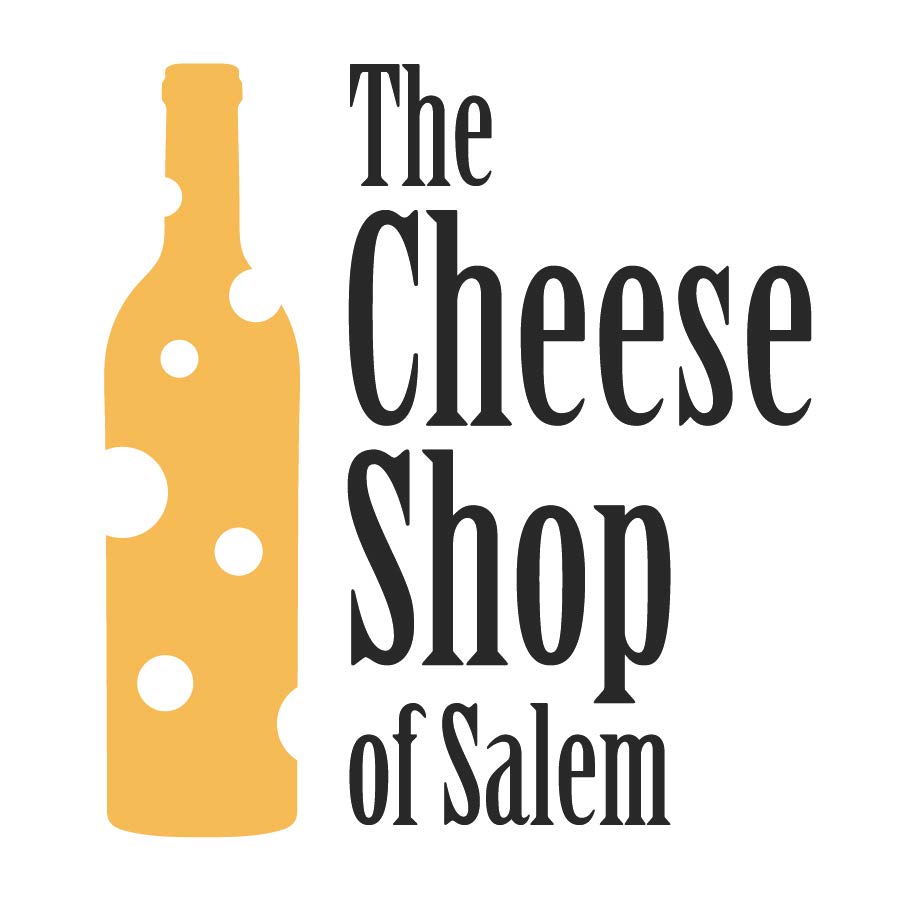Nobody Puts Cornerstone in a Corner
Right now, we are in the exciting position of having TWO Cornerstone cheeses, one from Parish Hill Creamery in Vermont, and one from Cato Corner Farm in Connecticut. Cornerstone is very special because it is an American Original, meaning it is a cheese whose style and recipe were developed here in America, rather than based on traditions from other parts of the world. The cheese tastes of American terroir and celebrates domestic artisanal cheesemaking.
Peter Dixon and Rachel Schaal from Parish Hill and Mark Gillman from Cato Corner are three of the four cheesemakers who created the Cornerstone Project, which arose from a brainstorm over a few beers. Together, they created a recipe for an American Original based on three essential requirements: the cheese must be made from raw milk, must be made with native cultures, and must have a natural rind. This way, cheesemakers in different areas could follow the same recipe and create Cornerstones whose subtle differences reflect the unique flavors of their region.
Cornerstone cheesemakers! From left to right: Rachel Schaal, Mark Gillman, Peter Dixon, Sue Miller. Photo credit: Tenaya Darlington
Let’s break down these requirements so we can really understand why they promote a sense of place in Cornerstone. Oh and because we’re cheese nerds here and it’s fun, amiright? Raw milk means the milk was not pasteurized (I know you know that), and pasteurization = milk brought up to 161°F for more than 15 seconds (there are other times and durations for pasteurization, but this one is most common). When milk is pasteurized, if there are some dangerous bacteria lying around, they will die. However, pasteurization also kills good bacteria and much of the taste that differentiates milk from one herd to another.
Cultures are added to acidify the milk and assist in coagulation. Usually, cheesemakers buy manufactured cultures because they are very consistent. For Cornerstone, however, cheesemakers are required to use native cultures because each creamery’s cultures will be slightly different. Peter, Rachel, and Mark capture the culturing bacteria by clabbering their milk, which we won’t get into today, except to say that it is similar to a sourdough starter but with milk. Hmm was that helpful, or did that just make everything a lot more confusing? I’m leaving it in. Your welcome/ I’m sorry.
Finally, Cornerstone needs to have a natural rind. Some cheeses are painted with wax or shrink wrapped in plastic to age, but Cornerstone is left open to develop a natural rind in the cellar. A lot of cheeses are aged like this because the method allows the cheese to develop flavors unique to the aging space.
These three requirements ensure that each creamery’s Cornerstone is quite different from another. Just like Riesling is different when grown in Canada, Germany, or France, the cheese is different if it’s from Vermont or Connecticut. Ok, ok all of that is well and good, but what do they taste like? I’ve made myself hungry with all this here learnin’. Let’s taste! Cato Corner Cornerstone has a buttercup yellow paste, a custardy texture, and smells like grapes. It tastes very savory, like soy sauce, and has the tartness of orange peel. We want this Cornerstone melted over a juicy grilled burger. Parish Hill Cornerstone, while also semi-firm, is a touch drier than Cato Corner’s. This Cornerstone smells like herbs and earth and tastes like dry grasses and wood with a sharp bite. Because of the more assertive flavors and sharp finish of Parish Hill’s Cornerstone, melt small chunks into a creamy polenta for richness and a zip. Of course, our favorite way to eat the Cornerstones is with a hunk of bread or maybe a bowl of potato chips and a nice cold beer, preferably on a porch somewhere. Taste away, ya cheese nerds!
For the love of cheese and cheese projects,
Kiri
P.S. I want to share an interview from American Cheese Society President Karen Lundquist with Agela Abdullah, Marketing Director at Caputo Cheese near Chicago. Agela shares her experiences as a Black woman in our industry. It’s kind of industry-y but I still think you will find it interesting and certainly thought provoking.





